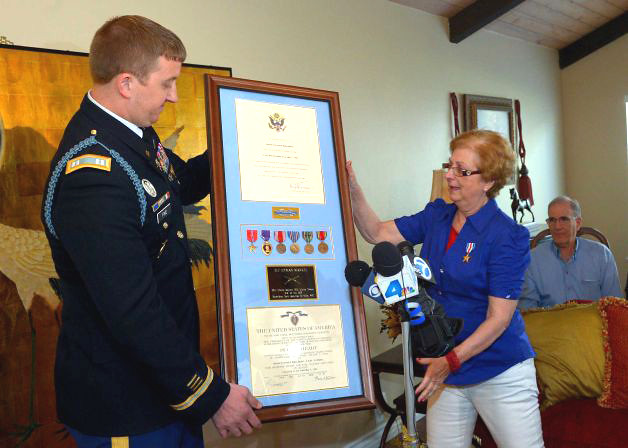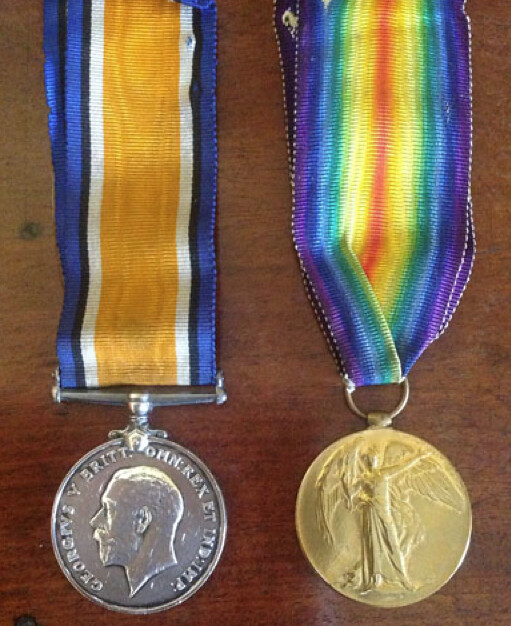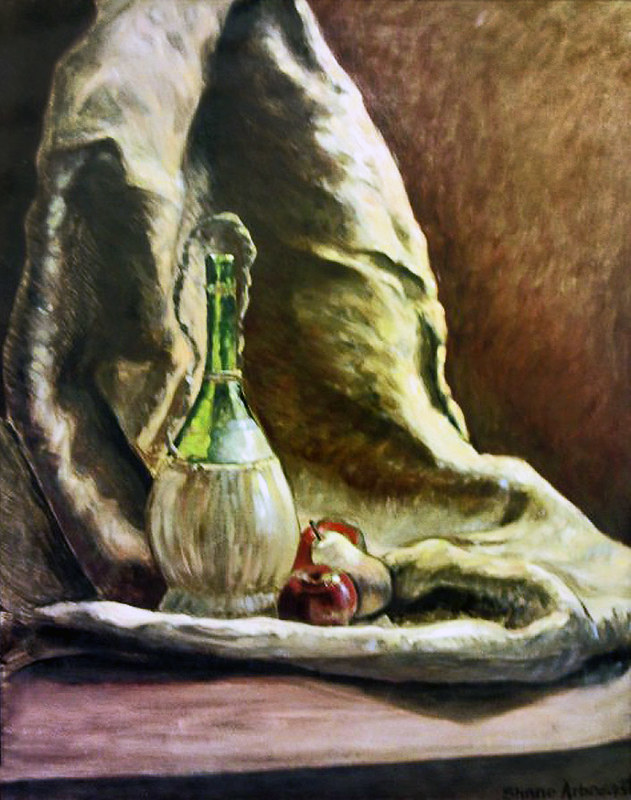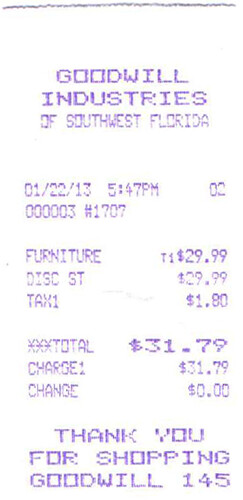
Here's yet another story of lost military medals being found and then returned to their rightful owner. In this case, the medals were won during World War II by a soldier named Hyman Markel, who was killed toward the end of the war while his wife was seven months' pregnant. So that child, Hyla Merin, never knew her father, and her mother rarely talked about him because the memories were too painful for her.
Fast forward to last October, when the manager of a California apartment complex found a box containing letters and a Purple Heart in an old storage locker. He got in touch with a group that operates as a lost-and-found service for military medals. That group soon figured out that the Purple Heart had belonged to Markel, the WWII soldier. His widow -- the one who'd been pregnant at the time of his death -- had lived in the California apartment building in the 1960s but had apparently left the box behind.
The widow is now deceased, but her daughter -- Hyla Merin, the one who never got to know her father -- is now the proud owner of his Purple Heart, along with several other medals awarded to her father. That's her on the right in the picture at the top of this entry. You can read more details here.
At least two local news stations in California produced segments on this story. You can see them here:
(My thanks to Roger Faso for pointing me toward this story.)



